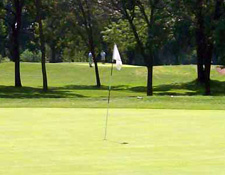 Are golf greens fees rolling back along with the stagnant economy? If so, what are the factors that lead to weak demand in a particular geographic region?
Are golf greens fees rolling back along with the stagnant economy? If so, what are the factors that lead to weak demand in a particular geographic region?
Recent research produced by the Longitudes Group offers a glimpse into the pricing practices happening in the real world. The company compared green fee prices from 2007 to 2010 in the mid to higher-end range of courses. It captured information on 353 Metropolitan areas (>50,000 pop), which represents about 82% of America living in an Urban/Suburban area. The research also separated green fees into two different groups: All courses (Private/Semi-Private/Resort /Public-Daily Fee/Military) and those that are considered strictly Public/Daily Fee.
Among some of the key insights with its analysis was all courses fees decreased on average -2.5% in the Top 50 metros areas in the US. (0.2% for 353 Metros). Public course fees, however, increased on average 4% in the Top 50 metros (7.2% for 353 Metros). “ It looks like the lower-priced and public courses have felt they could increase green fees, while the better courses, resorts, semi-privates have felt price pressure,” said Sara Killeen of Longitudes Group. “All courses (Private/Semi-private/Resort/Public) we found no correlation with Unemployment rates and green fees,” she added.
America’s largest cities (Top 10) have seen even more price pressure with All Courses’ fees down 5.2%, according to the research. Two cities experienced green fees that are down across all categories since 2007: Atlanta and Washington DC. Over-inflated prices prior to the economy going into the toilet hung in there better than expected as Phoenix and Dallas in the Top 10 are down in only two of the three categories. Chicago was the only city that experienced ALL green fees going up 11.8%, double the rate of inflation during 2007-2010.

